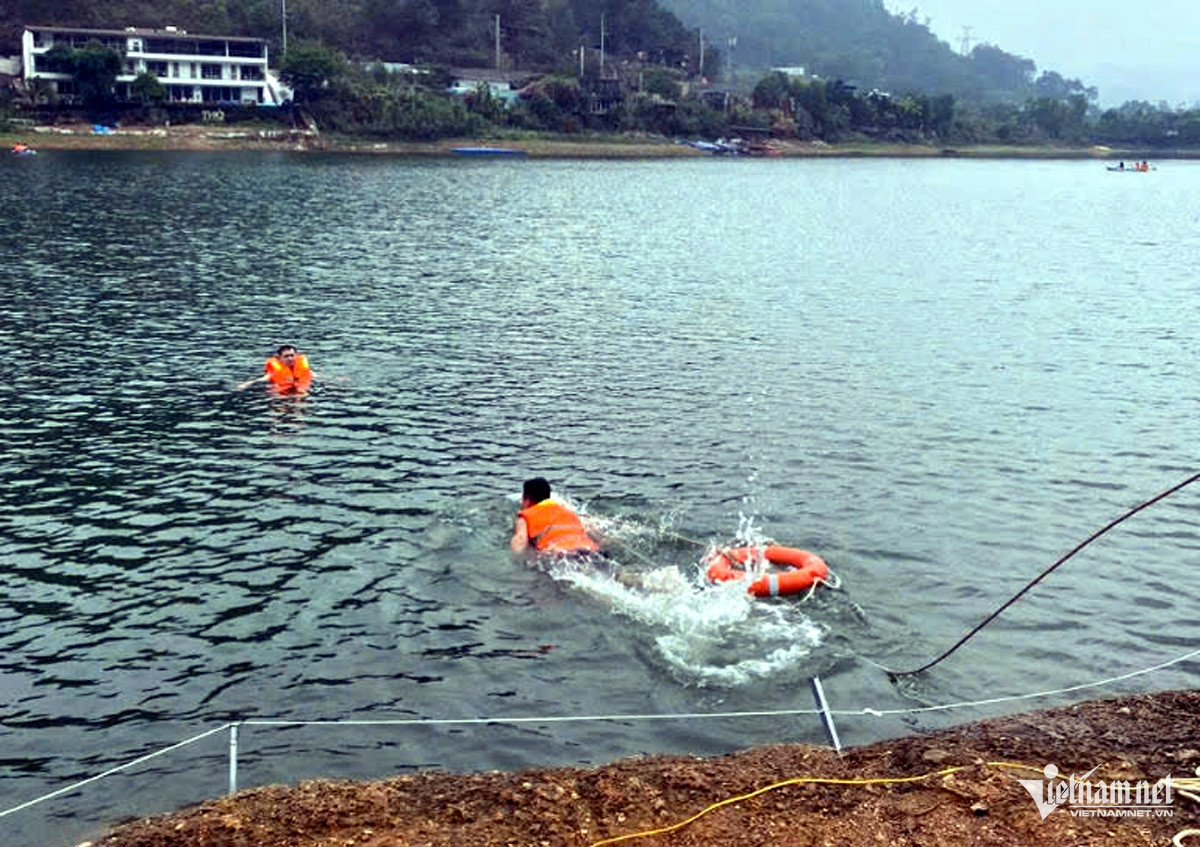Just days ago, on the afternoon of May 14, three children went swimming in Doc Xam Lake (Tan Dan Commune, Soc Son District, Hanoi). One child drowned, leaving behind devastating grief for family and friends.
Over a year earlier, on April 29, 2024, five 11th-grade students went to swim in the Red River under Vinh Tuy Bridge. Tragically, two were swept away and lost their lives.
Major Le Tien Thanh, Deputy Head of the Local Operations Unit at the Hanoi Fire Prevention and Rescue Police Department (PCCC and CNCH), recalled these heart-wrenching drownings involving schoolchildren - right in the capital city.

From the beginning of 2025 to date, Hanoi’s fire and rescue unit has received seven drowning reports. Only one victim was saved; the remaining six died.
During the 2024 public holidays from April 30 to May 1 alone, the city recorded eight drowning incidents resulting in nine deaths, most of them adolescents and teenagers.
With the school summer break approaching and the heat rising, outdoor activities and swimming become popular among children. However, without adequate supervision and water safety knowledge, these moments of joy can quickly turn into tragedy.
With years of experience in rescue operations, Major Thanh stressed the importance of the “golden window” in saving drowning victims: the first 4–6 minutes after the heart or lungs stop working is critical.
If the brain is deprived of oxygen during this period, the resulting cell damage is often irreversible. If the heart stops beating for more than six minutes, the victim, even if revived, risks permanent neurological damage. Unfortunately, in many cases, the rescue team arrives too late for that crucial timeframe.

To ensure a safe and tear-free summer, Major Thanh and the North Tu Liem Fire and Rescue Unit issued the following safety advice:
Do not allow children to swim in rivers, lakes, ponds, or pools without adult supervision. Children should not play, push, or horse around near deep water. Enroll them in swimming and water safety classes. Always wear life vests during water activities or when boating. Parents must closely monitor their children, especially near bodies of water.
Authorities are also urged to install warning signs at high-risk areas and promote community education on rescue and first aid techniques.
Schools are encouraged to incorporate water safety skills into extracurricular activities.
For the public, if someone is drowning, call emergency services (115) immediately and avoid jumping in without proper skills or safety gear. Use poles, ropes, life vests, or floating objects to bring the person to shore. Then check for breathing and pulse. If unresponsive, begin CPR immediately and continue until professional help arrives.
Tien Dung